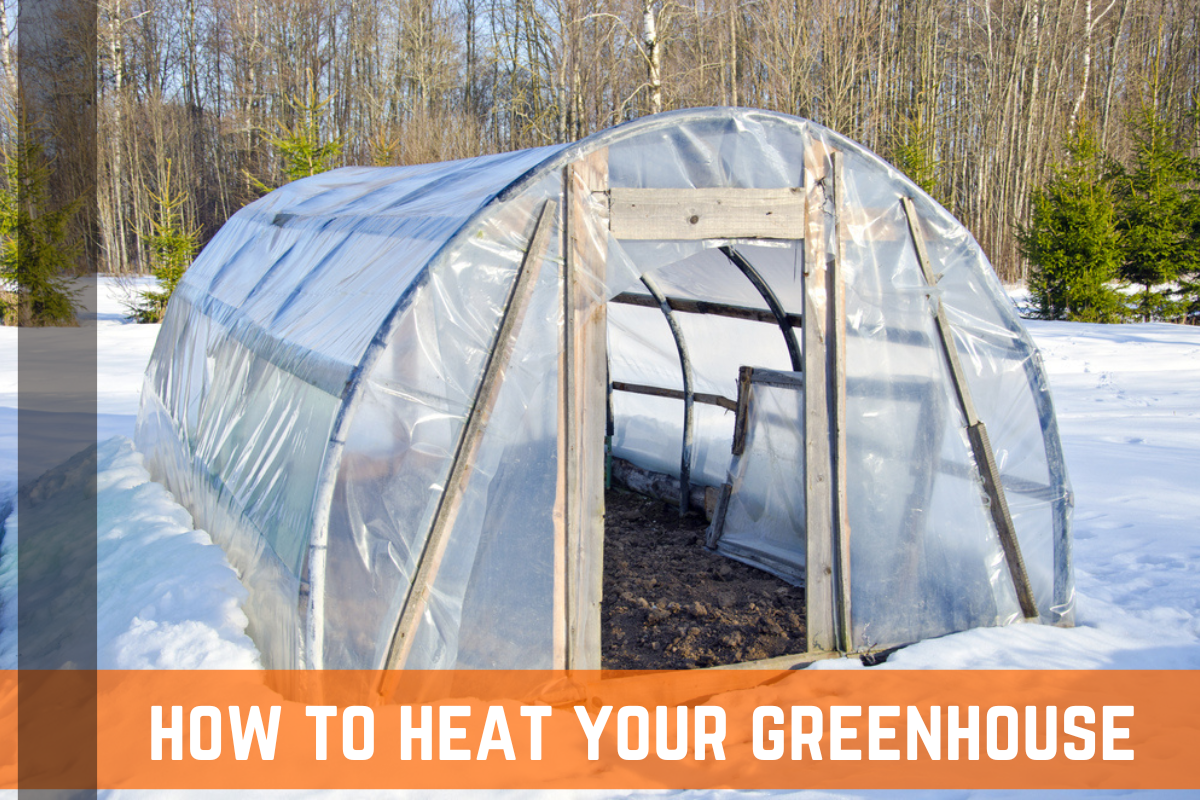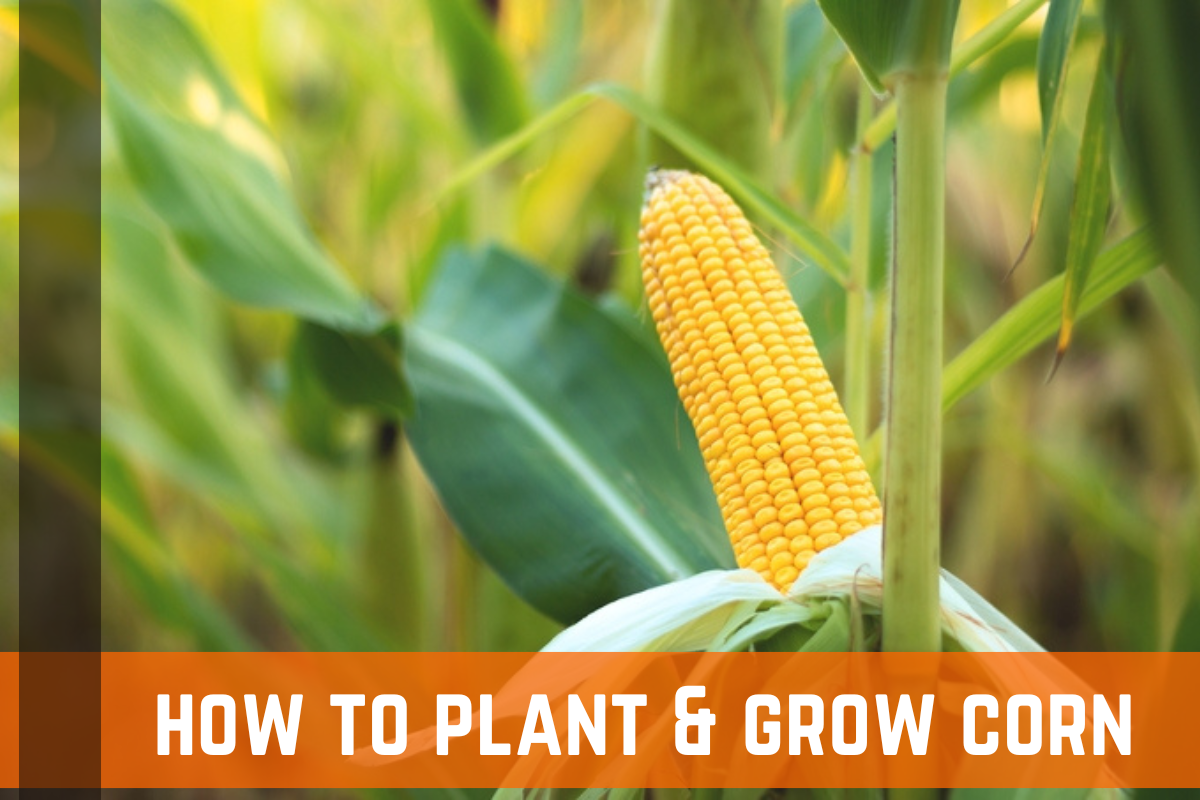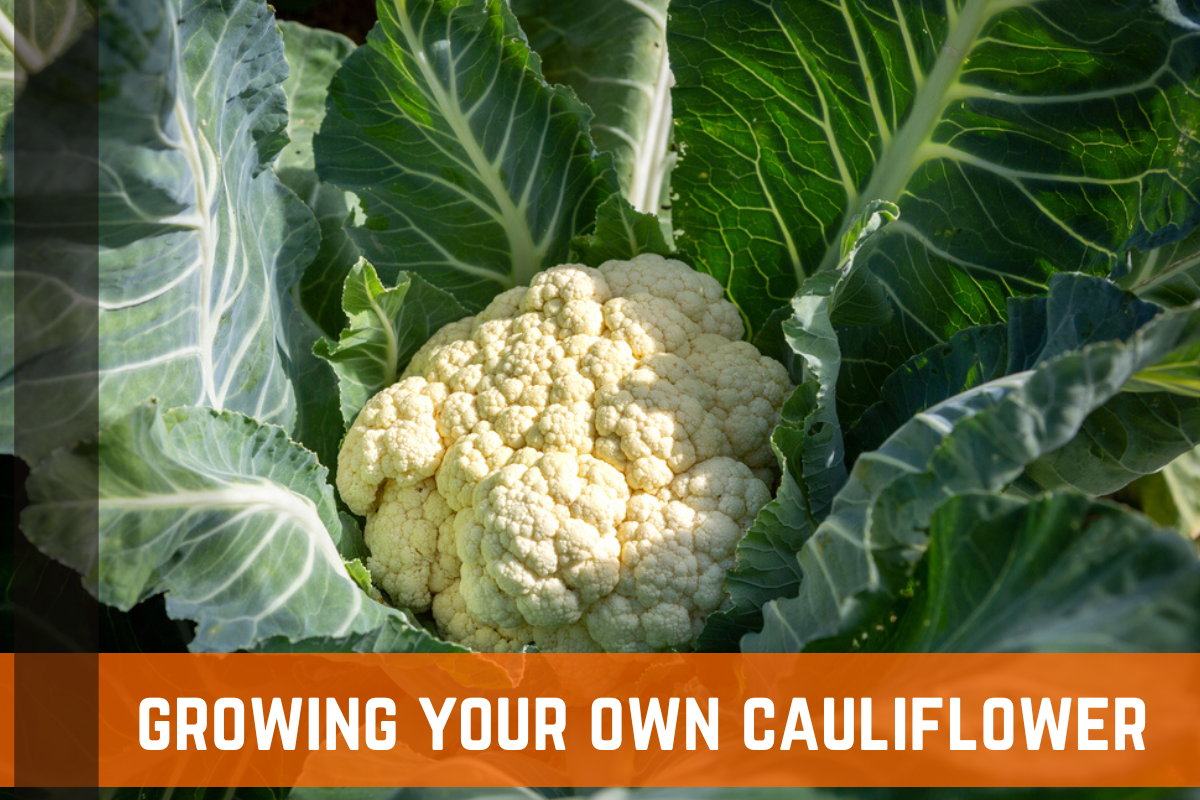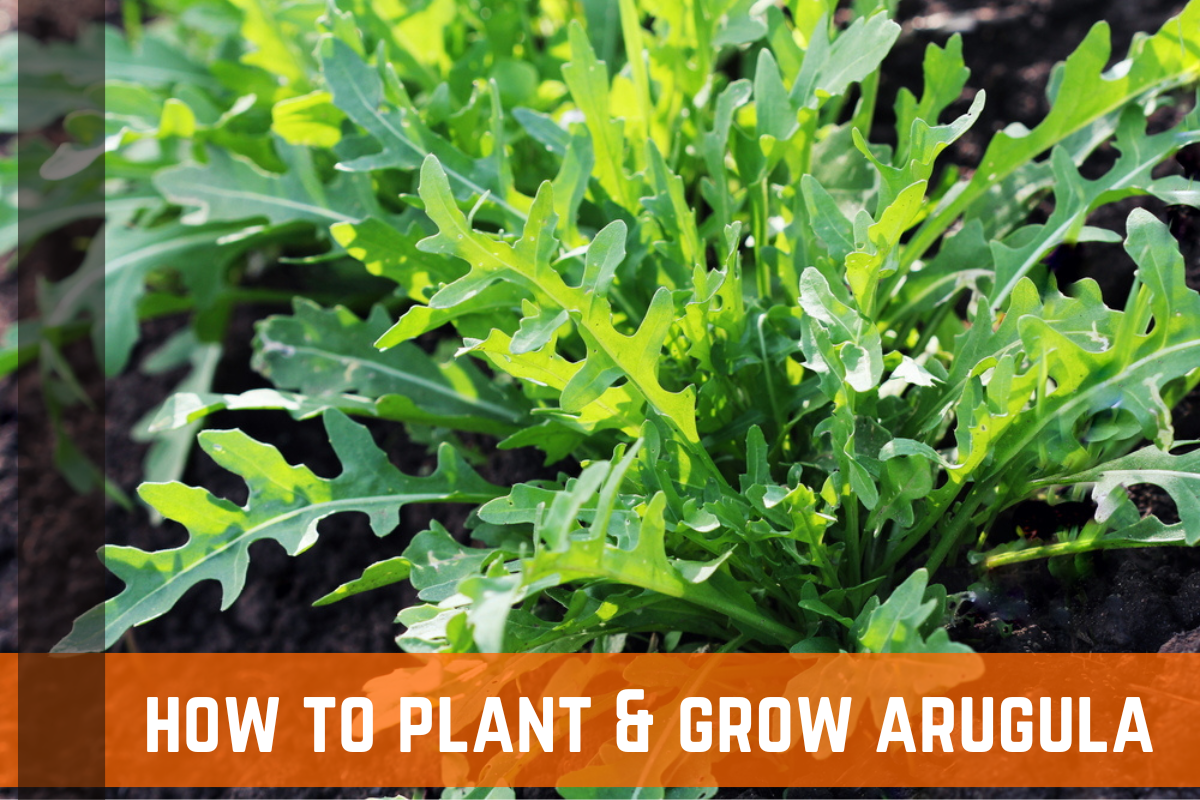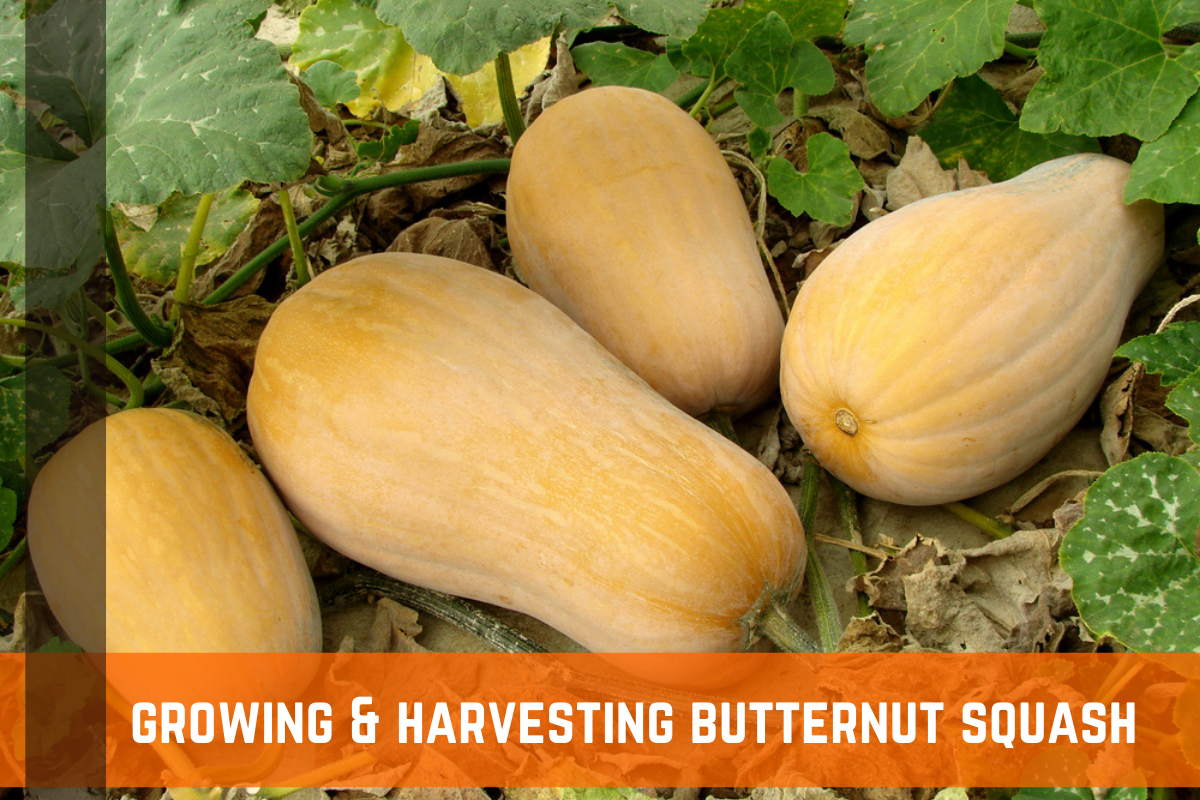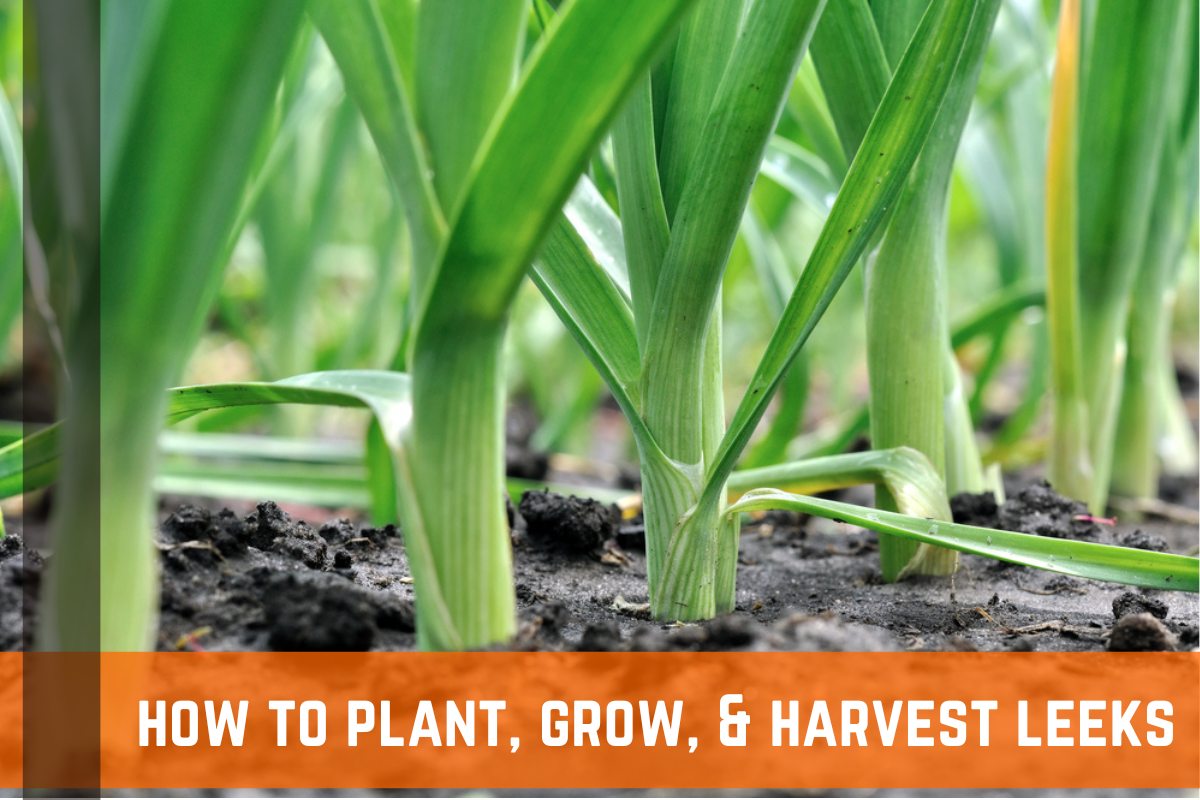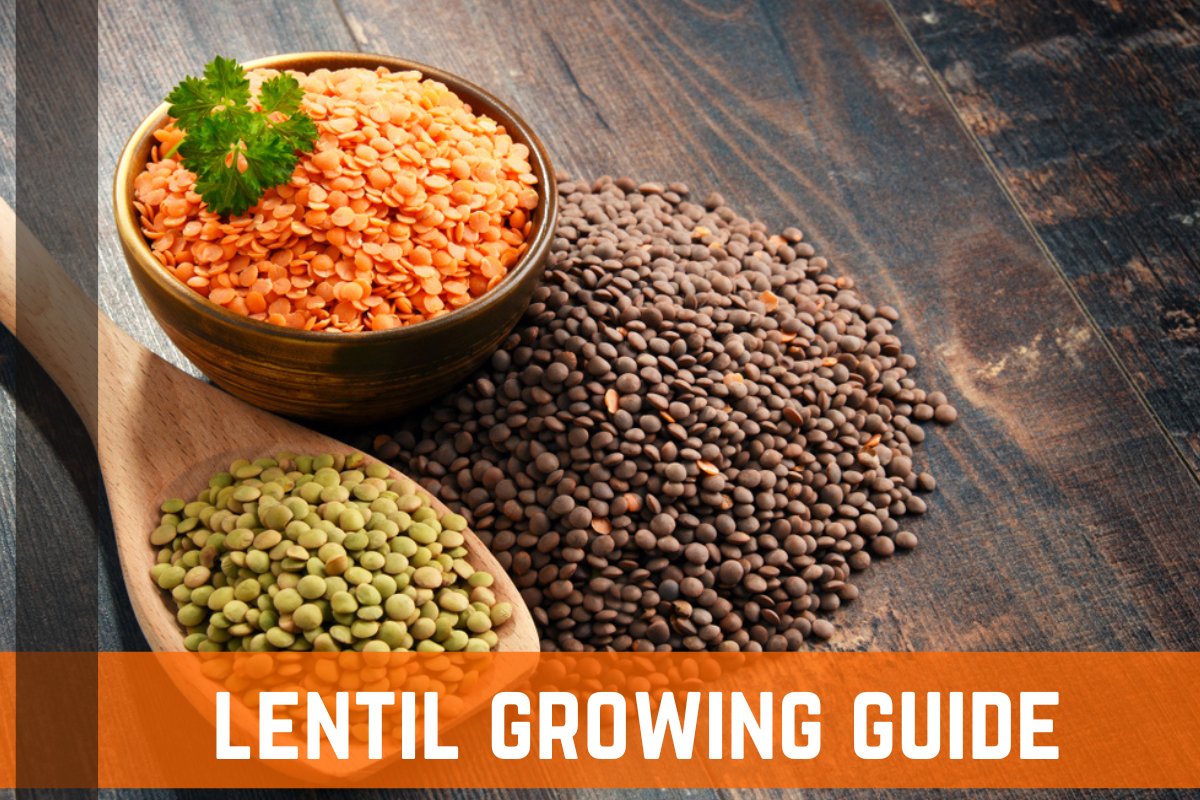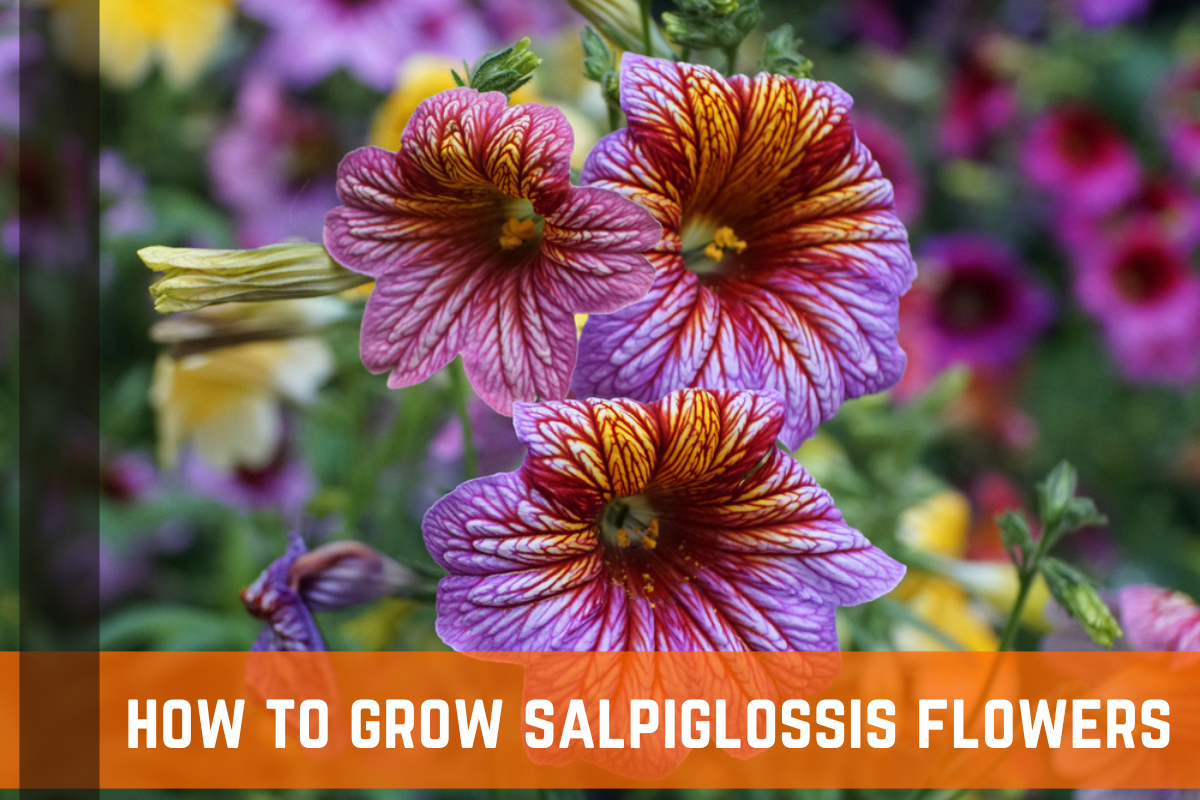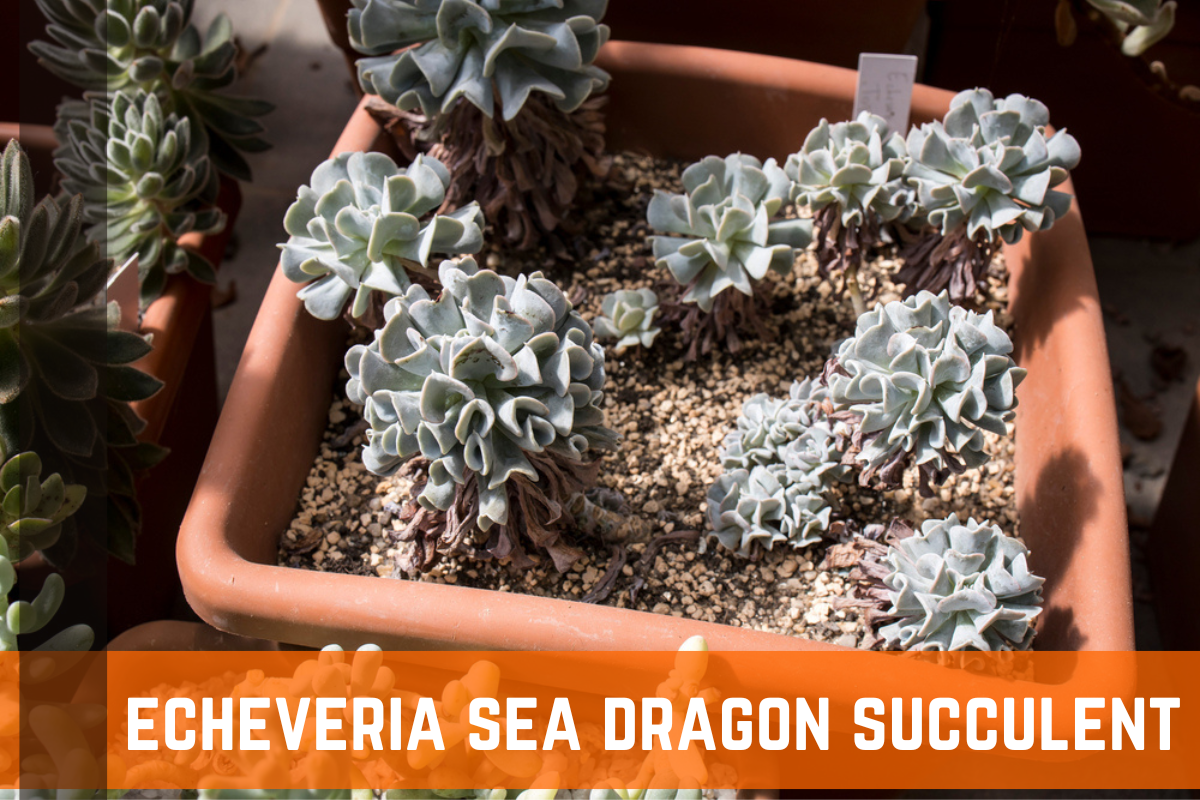Blog
How To Heat Your Greenhouse - Methods & Options
You may be concerned about your greenhouse's heat as the colder months approach. Will it be able to resist the frosts long enough for your crops to continue to grow? Naturally, depending on where you live, you may or may not need to heat your greenhouse this winter. It also depends on what you are cultivating. It will also be influenced by the caliber of your greenhouse to a certain extent. Read more
How To Plant, Grow, & Harvest Corn At Home
Corn has been grown in North American gardens for more than 4,000 years. Because of the unrivaled sweetness of freshly plucked ears of corn, many gardeners are willing to sacrifice some garden area for them. Read more
Backyard Gardening & Cauliflower: How To Grow Cauliflower
Cauliflower tastes a lot like broccoli but has a very distinct nuttiness. The heads, which originate from immature flower buds, are the primary edible component of both broccoli and cauliflower. Due to its extreme sensitivity to temperature changes, cauliflower is not the easiest vegetable to cultivate. It can, however, be a very profitable food for your garden with a little care. Read more
How To Plant & Grow Arugula
Arugula, also referred to as "rocket" or "roquette", is a leafy green that grows quickly in chilly climates and gives salads an acidic, mustard-like flavor. Arugula is indigenous to Europe's drier regions, particularly Italy and the Mediterranean region, as well as Turkey and western Asia. Read more
How To Grow & Harvest Butternut Squash
One of the most widely grown squashes is butternut squash. Harvestable in the fall, the bulbous pears feature thin skin and a sweet, thick orange flesh. As a result, they are simple to cook and a fantastic option for roasting and adding to soups. Being low in carbs and a high source of vitamins, butternut squash is a fantastic vegetable for your health. Read more
How To Plant, Grow, & Harvest Leeks
If you've never tasted leeks, they are a milder variety of onion with a sweeter flavor. Leeks can be used in place of onions in recipes and, unlike onions, can be sliced and frozen for use later on in the year when you run out of your own onions. The optimal conditions for leek growth are organically rich soil and a bright, open location. Plants need room between them to allow for proper airflow. Read on to learn all about how to grow leeks! Read more
How To Grow Lentils: Protein Packed Legumes
Lentils are a versatile and nutritious legume that can be grown in various climates with relatively low maintenance. Whether you’re an experienced gardener or a beginner, this guide will walk you through everything you need to know about growing lentils—from choosing the right variety to harvesting and storing your crops. Read more
How To Grow Bouvardia Hummingbird Flower - Tips & Info
Bouvardia is a low-maintenance plant that can be grown indoors or outdoors, depending on your climate. If you live in an area with warm winters and cool summers, then growing your Bouvardia outside might be the best option. Read more
How To Grow Salpiglossis "Painted Tongue Flower": Complete Guide
Salpiglossis "Painted Tongue" plant may be the best option if you're looking for a plant with a lot of beautiful, long-lasting color. Despite its strange name, this plant is appealing due to its lovely blossoms. Read more
Echeveria Sea Dragon Succulents: Growing Tips & Care Info
Echeveria Sea Dragon is commonly found in Mexico, although there are also some in Central America, South America, and the United States. Rocks, forests, and dry regions are favorable to them in their natural habitat. Read more

